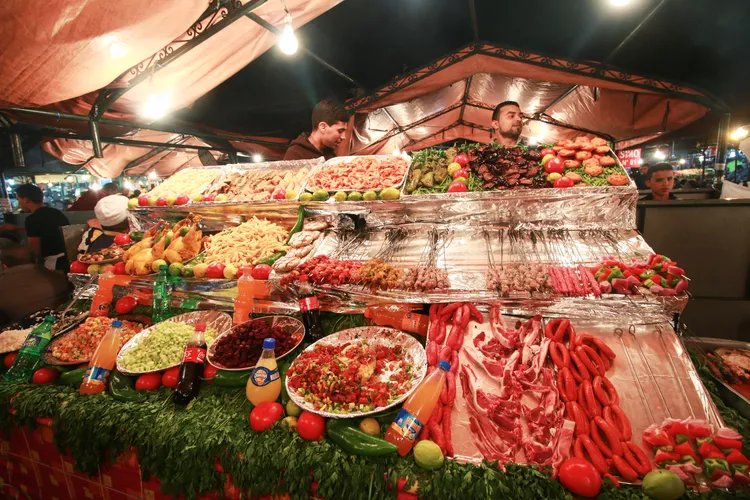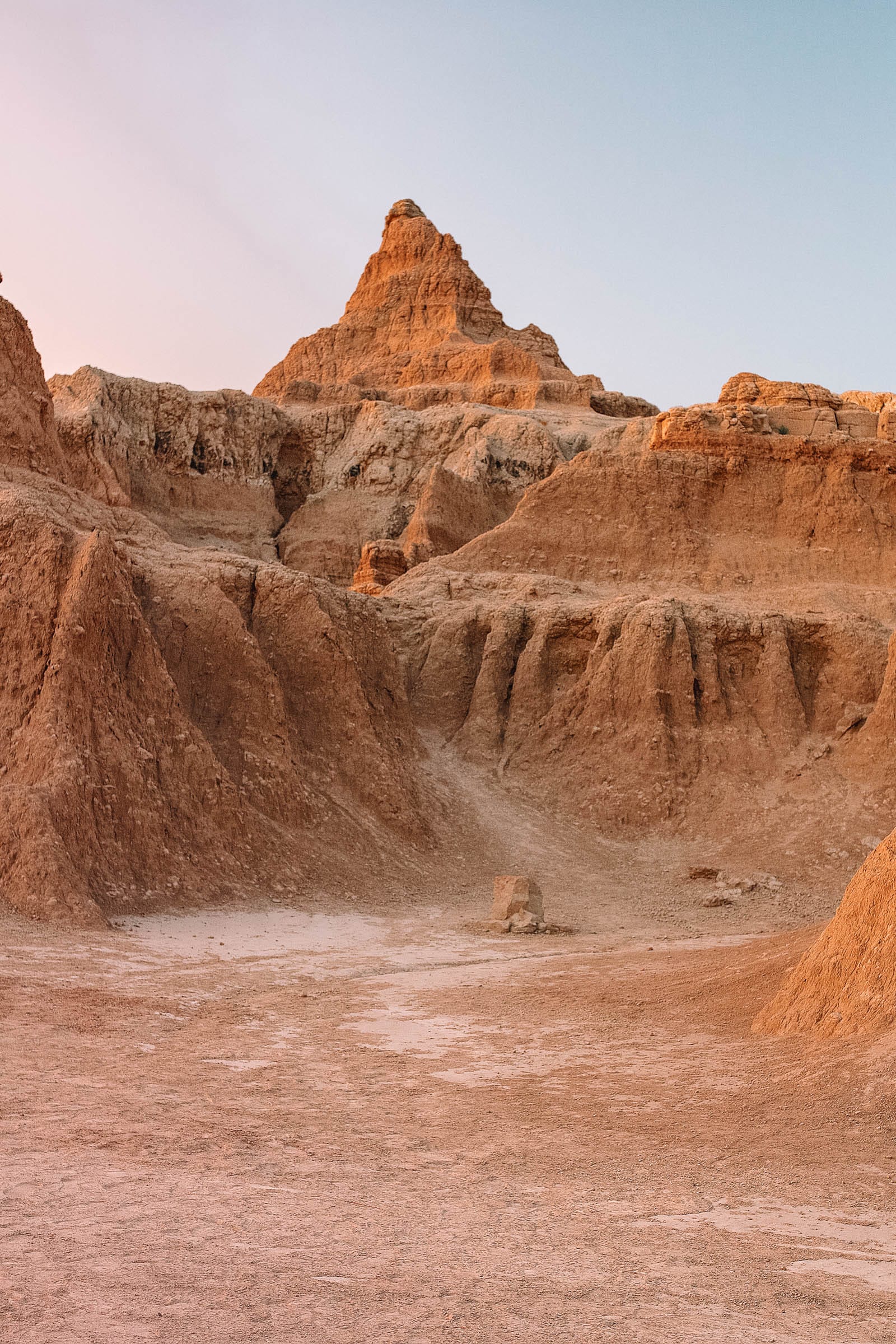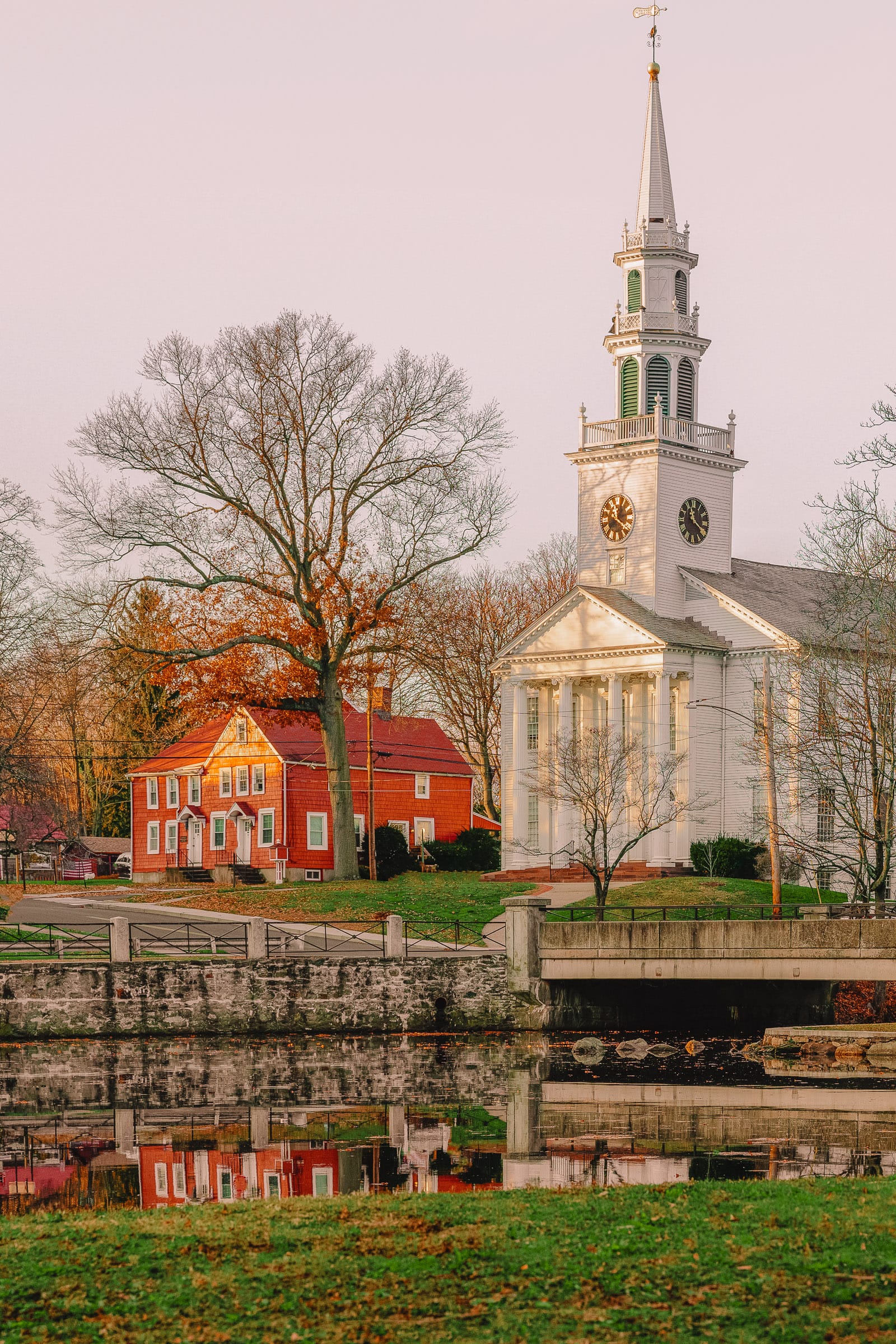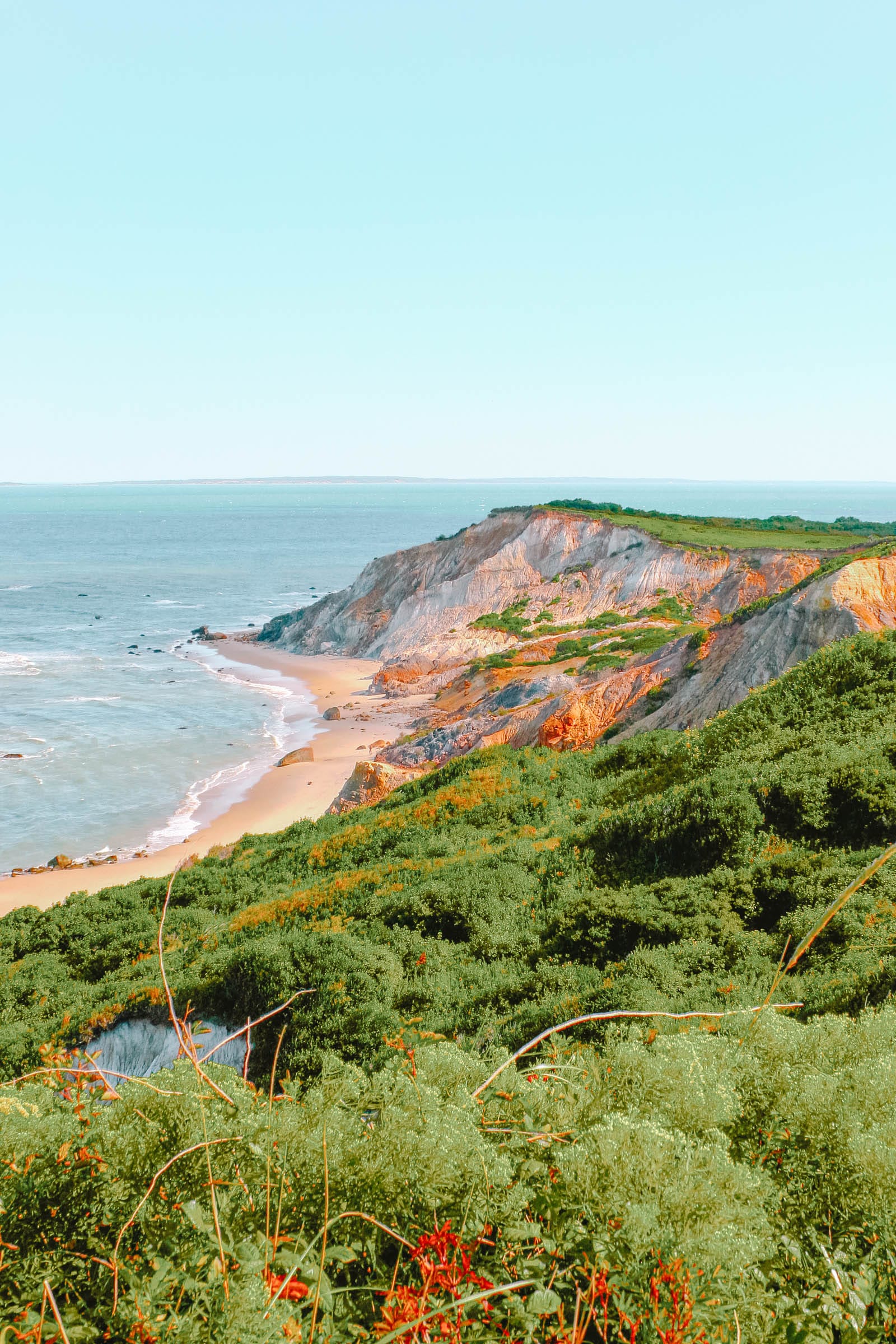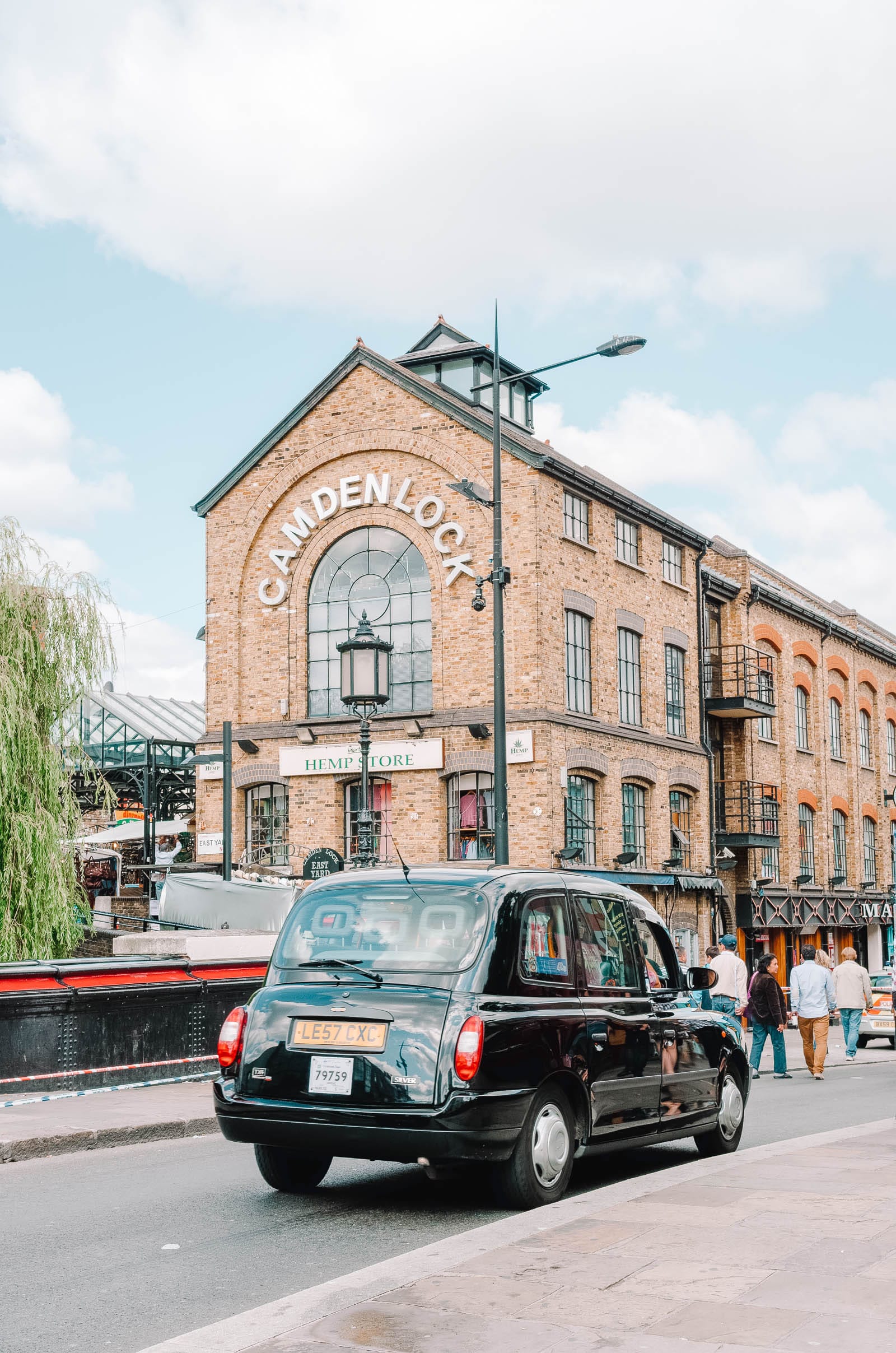Top 10 Things to Do in Marrakesh
- Enjoy Dinner in Djemma el Fna
- Shop ’til You Drop in the Medina
- Find Peace in the Majorelle Gardens
- Uncover History at the Saadian Tombs
- Take a Cooking Course
- Steam in a Traditional Hammam
- Visit the Dyers’ Souk
- Wander Through Dar Si Said Museum
- Visit Ali Ben Youssef Medersa
- Attend the Marrakech Popular Arts Festival
The most famous of Morocco’s four imperial cities, Marrakesh is filled with must-see attractions. Founded in 1062, its history is reflected in a wealth of fascinating mosques, palaces, and museums, each with its own stories to tell. In the walled medina, visitors can watch artisans practicing skills that have remained unchanged for centuries and purchase their products in the bustling souks. Luxury riads, tranquil gardens, and annual arts festivals make up some of the city’s modern attractions. This article explores 10 of the best ways to spend your time in Marrakesh, from sampling traditional street fare in Djemma el Fna to learning how to prepare Moroccan meals at one of the city’s culinary schools.
01. Enjoy Dinner in Djemma el Fna

A large square in the center of the old city, Djemma el Fna serves as the beating heart of Marrakesh. By day, it’s a place to people-watch while sipping mint tea or freshly squeezed orange juice. As dusk falls, it transforms into a medieval entertainment center, complete with jugglers, snake charmers, and storytellers. Snack stalls transition to vendors offering traditional tagines and grilled meats. While the food is fresh, it’s not necessarily the finest cuisine in the city; however, the atmosphere is what matters. Choose the busiest stall, grab a seat at a communal table, and admire the plumes of smoke billowing into the night sky. Dinner typically costs around $10 per person, and keep in mind that Moroccans dine late, so heading out after 8:00 pm is ideal.
02. Shop ’til You Drop in the Medina

Marrakesh is a paradise for bargain hunters. The maze-like souks of the medina are filled with haphazard stalls selling everything from spices and carpets to jewelry and stunning lamps that seem to belong on the set of Aladdin. Vendors are typically friendly but relentless in their attempts to sell. The key to successful souvenir shopping lies in enjoying the bargaining process, maintaining friendliness, and knowing your price limit. If you venture into a carpet shop (and anyone using a tour guide will eventually end up in one), don’t feel pressured to buy. Leaving a small tip for the assistants who demonstrate the carpets is often appreciated. They are beautiful to behold, and vendors frequently offer cups of mint tea while you admire their items.
03. Find Peace in the Majorelle Gardens

Situated northwest of the medina, the Majorelle Gardens offer a peaceful escape accessible via a 30-minute walk from the city center. Filled with rare plants, this oasis provides a tranquil antidote to the chaos of the souks. Designed by Jacques Majorelle, a French painter who settled in Marrakesh in 1919, the gardens were restored to their original glory after being purchased by Pierre Bergé and Yves Saint Laurent in 1980. The former garden workshop now serves as a small museum dedicated to Islamic art. Since the gardens are popular, the best time to visit is in the early morning, before the crowds arrive. Consider packing a picnic and spending an hour or two exploring Majorelle’s enchanting landscape, complete with flowerbeds, palms, and water features.
04. Uncover History at the Saadian Tombs

The Saadian dynasty ruled much of southern Morocco during the 16th and early 17th centuries. Sultan Ahmed al-Mansour commissioned the Saadian Tombs for himself and his family in the late 16th century; currently, more than 60 members of the dynasty are laid to rest here. Their final resting place hasn’t always attracted visitors. In the 17th century, a rival ruler sealed the tombs to erase the legacy of the Saadians. The tombs were not rediscovered until 1917. Since then, they have been beautifully restored, showcasing stunning intricate mosaics, wood carvings, and plasterwork. These tombs, located in the heart of the medina, are surrounded by a lovely garden and are open daily (though they close for a few hours over lunch).
05. Take a Cooking Course

Moroccan cuisine is renowned for its fragrant tagines, soups, and grilled meats, imbued with mouthwatering flavors from a multitude of locally produced spices. Mastering the art of recreating these dishes is best achieved by taking lessons from experts. Cooking classes are quite popular in Marrakesh, whether you opt for an informal session organized by your riad or enroll in a formal course with a professional chef. The best classes often include an afternoon spent shopping for ingredients in the city’s fresh food markets. Additionally, they provide a wonderful opportunity to meet fellow cooking enthusiasts. Recommend courses include those offered by House of Fusion Marrakesh and La Maison Arabe.
06. Steam in a Traditional Hammam

A hammam is a public steam bath that is popular across North Africa. Historically, private bathrooms were luxuries that few could afford; thus, people went to the hammam to bathe, scrub, and socialize. Nowadays, while there are fewer public hammams, many riads and luxury hotels in Marrakesh feature their own upscale versions of this age-old tradition. They offer massages, scrubs, and soaking sessions enhanced with locally produced oils. Options range from incredibly luxurious experiences, such as Les Bains de Marrakech, to more affordable alternatives like Hammam Ziani. For the most authentic experience, consider visiting a local hammam (usually located next to a mosque), which are always gender-segregated.
07. Visit the Dyers’ Souk

For an unforgettable insight into Marrakesh’s artisan community, visit the working souks located behind the tourist trinket stalls on the medina’s main thoroughfares. Photos are not always welcome; however, if you ask politely, you may receive permission to document the blacksmiths, woodworkers, and silversmiths at their craft. For the most photogenic shots, head to the Dyers’ Souk, where great swathes of freshly dyed silk and wool hang from the ceiling in a vibrant display of colors. Take a moment to engage with the dyers to learn about the ancient traditions they employ to prepare the fabric and apply the dyes. These souks serve as a poignant reminder that the frenzy of the medina is not merely a tourist attraction—it’s a way of life.
08. Wander Through Dar Si Said Museum

Known as the Museum of Moroccan Arts, Dar Si Said is located within the palace owned by the brother of former Grand Vizier Bou Ahmed. The palace is an opulent example of Moorish artistry, featuring fine zellij mosaics and intricate plasterwork. A highlight is the wedding reception chamber, noted for its magnificent painted domed ceiling and surrounding musicians’ chambers. However, the museum’s architecture and interiors aren’t the only reasons to visit; the rooms also feature displays of art and crafts from all over the country, including Berber and Tuareg jewelry, ceramics, weapons, and traditional costumes. The museum is open daily but closes for a few hours during lunch.
09. Visit Ali Ben Youssef Medersa

Originally founded by the Merenids in the 14th century but entirely restored in the 16th century by the Saadians, the Ali Ben Youssef Medersa once accommodated up to 900 religious students. The architecture is beautifully preserved, and you can explore the tiny rooms where the students lived as well as the enchanting central courtyard. This was a functioning school until the 1960s, and today, the corridors still resonate with the call to prayer from the adjacent mosque. Be sure to pause and enjoy the view of the mosque and the street below from the medersa windows. Both the medersa and mosque open daily, and visitors can purchase discounted combination tickets that include access to both attractions as well as the nearby Marrakesh Museum.
10. Attend the Marrakech Popular Arts Festival

Traditionally held in June or July, the Marrakech Popular Arts Festival stands as one of Morocco’s most eclectic annual festivals. It attracts folk singers, traditional dancers, fortune-tellers, acting troupes, snake charmers, fire-swallowers, and more, drawing participants from throughout the country and beyond. Performers stage their acts in Djemma el Fna and the 16th-century El Badi Palace during a series of open-air events, all of which are free to attendees. Don’t miss the Fantasia, a horse-riding spectacle featuring hundreds of galloping horsemen and women in traditional garb, circling the city walls. All the events are accompanied by a wealth of freshly prepared food and drink, creating a feast for the senses.
